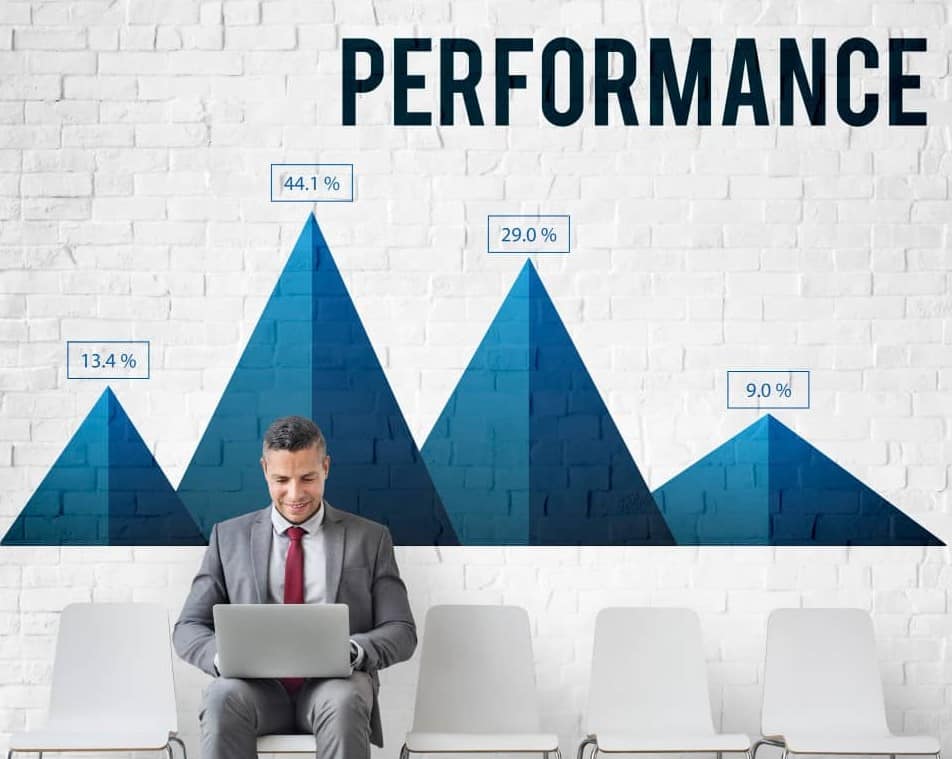What Is Performance Marketing?
Performance Marketing Is A Digital Marketing Approach That Is Based On Results. It’s Perfect For Businesses Trying To Reach Their Target Audience On A Large Scale Because Payment Is Based On How Users Interact With The Material.
OR In Other Words We Can Say
Performance Marketing Is A Type Of Digital Marketing In Which Businesses Only Pay Marketing Service Providers After Their Business Objectives Have Been Fulfilled Or Certain Actions, Such As A Click, Sale, Or Lead, Have Been Taken. In Other Words, You Utilize Performance-Based Marketing.
When Marketers Collaborate With Agencies Or Publishers To Produce And Position Advertisements For Their Company Across A Number Of Performance Marketing Channels, Such As Social Media And Search Engines, Performance Marketing Works., Videos, Embedded Web Content, And More. Instead Of Paying For An Advertising In The Usual Method, These Marketers Pay According On How Well Their Ad Works, As Measured By The number Of Clicks, Impressions, Shares, Or Purchases.
How Performance Marketing Works ?

Advertisers Post Their Advertisements On A Specific Channel (See Below For Additional Information On The Top Performance Marketing Channels) And Then Pay Based On How Well Those Ads Perform. When It Comes To Performance Marketing, There Are Several Methods To Pay.
(CPC) Cost Per Click
Advertisers Pay A Cost Per Click (CPC) Based On The Number Of Times Their Ad Is Clicked On. This Is An Effective Method Of Increasing Traffic To Your Website.
Cost Per Impression (CPM)
Impressions Are Simply Views Of Your Advertisement. When Using CPM, You Pay For Every Thousand Views (For Instance, If 25,000 People Saw Your Advertisement, You Would Pay Your Base Rate Multiplied By 25).
CPS Stands For Cost Per Sale.
Only When You Complete A Sale That Was Sparked By An Advertisement Will CPS Charge You? This Approach Is Very Popular In Affiliate Marketing.
CPL Stands For Cost Per Lead.
CPL Is Similar To Cost Per Sale In That You Pay When Someone Registers Up For Anything, Such As An Email Newsletter Or Webinar. Leads Generated By CPL Enable You To Follow Up With Clients And Boost Sales.
CPA Stands For Cost Per Acquisition.
CPA Is Comparable To CPL And CPS, However, It Is More Generic. Advertisers Pay When Customers Accomplish A Certain Activity (Such As Completing A Purchase, Providing Their Contact Information, Reading Your Blog, Etc.).
Top Marketing Channels For Results
Which Platforms For Performance Marketing Are Most Effective? Agencies And Advertisers Utilize Five Forms Of Performance Marketing To Boost Traffic
Display (Banner) Advertisements
If You’ve Been Online Recently, You’ve Most Likely Seen A Lot Of Display Advertising. These Advertisements Appear On The Right Side Of Your Facebook Newsfeed Or At The Top Or Bottom Of The News Page You Were Just On. Though Display Advertising Is Losing Favor Due To The Growing Prevalence Of Ad Blockers And What Experts Refer To As Banner Blindness, Many Businesses Are Still Finding Success With Display Ads With Videos, Interactive Elements, And Eye-Catching Visuals.
Native Marketing
Native Advertising Promotes Sponsored Content By Utilizing The Natural Appearance Of A Web Page Or Site. Sponsored Films, For Example, May Show In The “Watch Next” Portion Of A Youtube Page. Native Advertisements Are Also Common On E-Commerce Sites; For Example, You May Have Seen Them On Facebook Marketplace. Native Advertising Is Effective Because It Allows Your Sponsored Content To Coexist With Other Types Of Organic Material. Users Frequently Do Not Distinguish Between Various Types Of Content, Allowing You To Market Your Company In A Natural Way.
Content Promotion

The Goal Of Content Marketing Is To Educate Your Target Audience. In Addition, It Generates Three Times As Many Leads And Costs 62 Percent Less Than Outbound Marketing, According To Omnivore. The Goal Of Content Marketing Is To Provide Visitors With Helpful Information While Also Placing Your Brand In Context. A Vitamin Firm, For Example, May Produce A Series Of Instructive Blog Entries About The Advantages Of Probiotics, Each With A Link Back To The Probiotics They Offer. Content Marketing Is A Channel That Includes Blog Articles, Case Studies, E-Books, And Other Types Of Content.
Social Media
Social Media Is A Safe Place For Performance Marketers. It Not Only Allows You To Reach Consumers And Drive Them To Your Website; Users Can Also Share Your Sponsored Content Organically, Expanding Your Reach Well Beyond The Initial Post. Although Facebook Offers The Most Extensive List Of Offerings For Performance Marketers, Other Platforms Like As LinkedIn, Instagram, And Twitter Also Provide Several Options To Contact New Clients.
SEM (Search Engine Marketing)
Search Engine Marketing (SEM)-Optimized Websites Are Essential Because The Majority Of Online Research Is Done Through Search Engines. The Focus Of Performance Marketing Is Mostly On Cost-Per-Click (CPC), Particularly For Paid Advertising. For Organic SEM, A Lot Of Performance Marketers Rely On Content Marketing And Landing Pages With SEO Optimization.
Benefits Of Performance Marketing.
Utilizing Performance Marketing Channels Can Enable You To Scale Your Advertising Efforts To Satisfy Your Company’s Needs Without Going Over Budget, Especially As The Future Of Digital Marketing Becomes More Promising Every Year.
Performance Marketing Is A Creative And Practical Approach To Broadening Your
Audience And Improving Your Reach While Collecting Useful Data. And The Advantages Don’t End There. When You Embrace The Entire Capabilities Of Performance Marketing, From Native And Affiliate Advertising To Sponsored Social Media Content, You’ll Find It Easier Than Ever To Develop Your Business.

